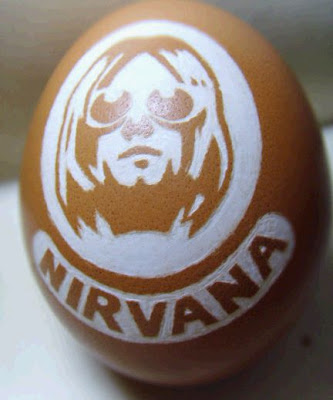Sanxingdui In Sichuan Province








Who find the sanxingdui?
In spring, 1929, Yan Daocheng , a farmer in Moon Bend, Zhongxing Chang (today's Nanxing Town in Guanghan city), with his family, hollowed out the ditch for the water bike near his courtyard. While he watched the ditch, his grandson was playing nearby and his son--- Yan Qing accidentally unearthed a circle-shaped jade while hollowing out the ditch with a hoe. Yan Daocheng came as soon as he heard the news. Under a stone cover, they found a group of colourful jades, about 400 pieces altogether. They hurried to conceal them with earth. In the dead of night, the Yans (five people altogether) came to the same spot, dugged out the treasures and kept it as a secret. Unexpectedly, Yan Daocheng opened the door of ancient Shu.In spring, 1934, Ge Weihan (picture below, extreme right), an American professor and Ling Mingjun (picture below, extreme left), a clerk in West China University, headed a team of archaeological workers to excavate the Sanxingdui remains. It lasted ten days. About 400 jades and earthenwares were unearthed.In 1963, while excavating, Mr. Feng Hanji pointed to Sanxingdui and told his students around him, "the remains are so abundant here, it may very well be a central city of ancient Shu." His predication was confirmed years later.
On 1 Mar, 1986, the largest scale of archaeological excavation to Sanxingdui in history began. The archaeologists in history department of Sichuan University, Sichuan Archaeological Research Institute and Guanghan City, formed an overall net to excavate with the remaining mound as a center. They dug 53 holes over an area of 1,325 square meters. They cleared out 9 house ruins, 101 ash pits, and discovered over 100,000 earthenware pieces and about 500 bronze wares, jade wares and lacquer wares. On 18 Jul 1986, No. 1 sacrificial pit was found. Over 400 pieces of gold-scepters, gold masks, bronze images, jade tablets, jade dagger-axes and ivories were unearthed. On 27 Jul 1986, No. 2 sacrificial pit was found. Over 800 pieces of objects, including gold wares, bronze wares, jade wares and ivories were unearthed. The well-known large bronze standing man, bronze vertical-eyed mask, large sacred trees, so many bronze images and a large number of jade wares were all unearthed from the pit.
On 1 Mar, 1986, the largest scale of archaeological excavation to Sanxingdui in history began. The archaeologists in history department of Sichuan University, Sichuan Archaeological Research Institute and Guanghan City, formed an overall net to excavate with the remaining mound as a center. They dug 53 holes over an area of 1,325 square meters. They cleared out 9 house ruins, 101 ash pits, and discovered over 100,000 earthenware pieces and about 500 bronze wares, jade wares and lacquer wares. On 18 Jul 1986, No. 1 sacrificial pit was found. Over 400 pieces of gold-scepters, gold masks, bronze images, jade tablets, jade dagger-axes and ivories were unearthed. On 27 Jul 1986, No. 2 sacrificial pit was found. Over 800 pieces of objects, including gold wares, bronze wares, jade wares and ivories were unearthed. The well-known large bronze standing man, bronze vertical-eyed mask, large sacred trees, so many bronze images and a large number of jade wares were all unearthed from the pit.





































